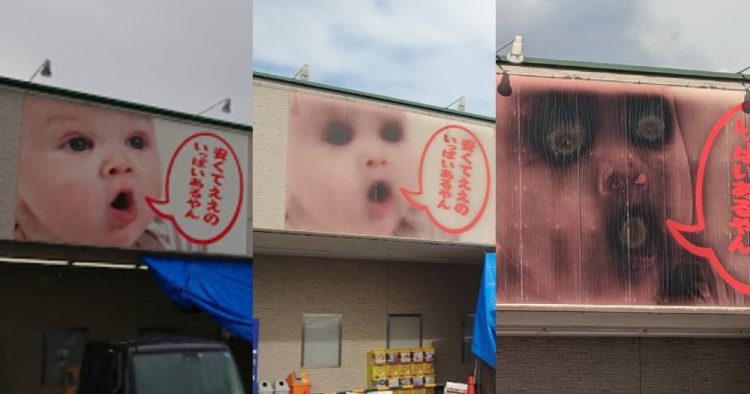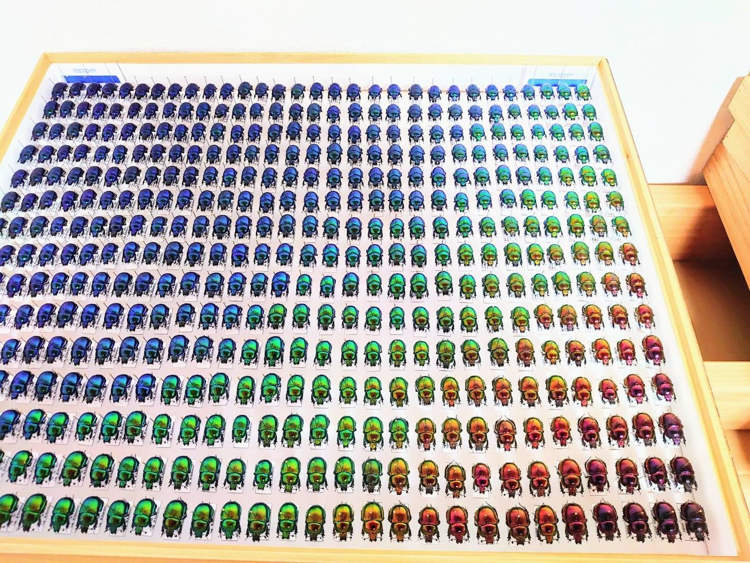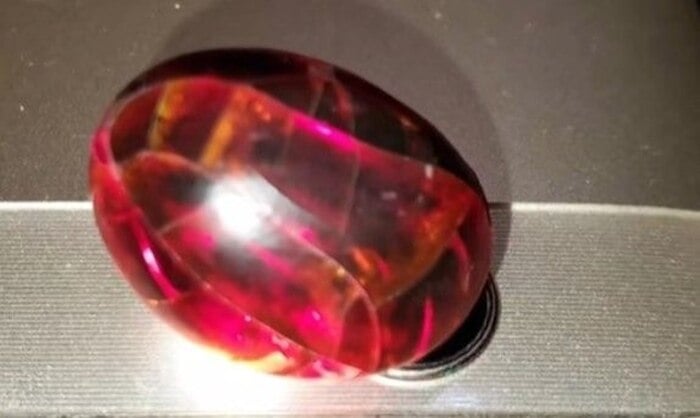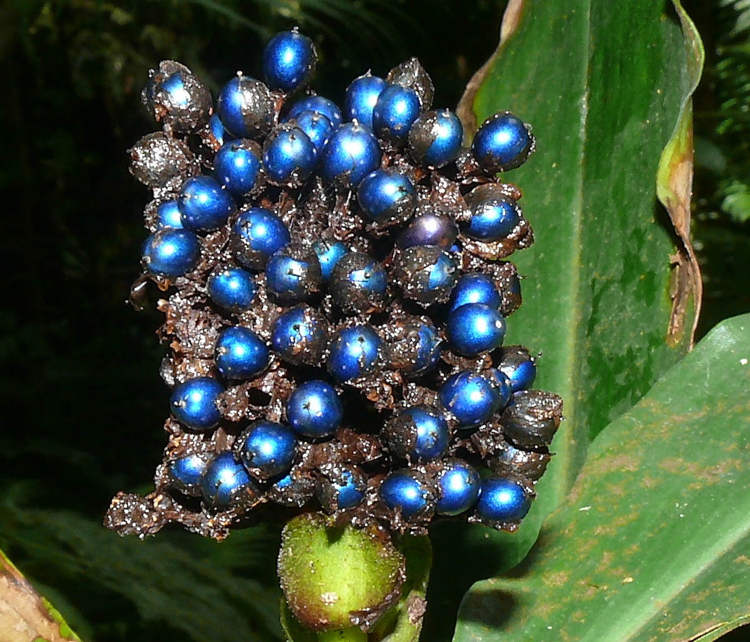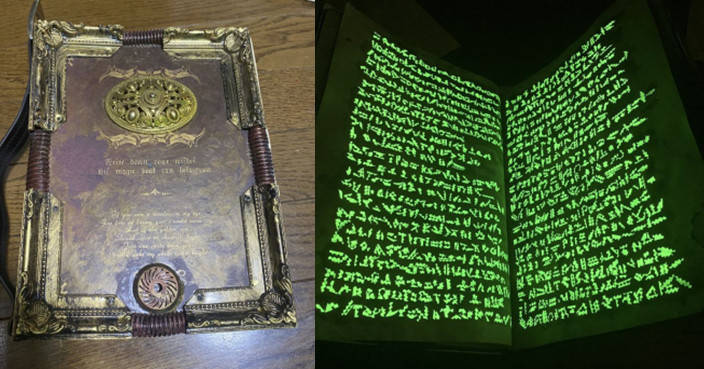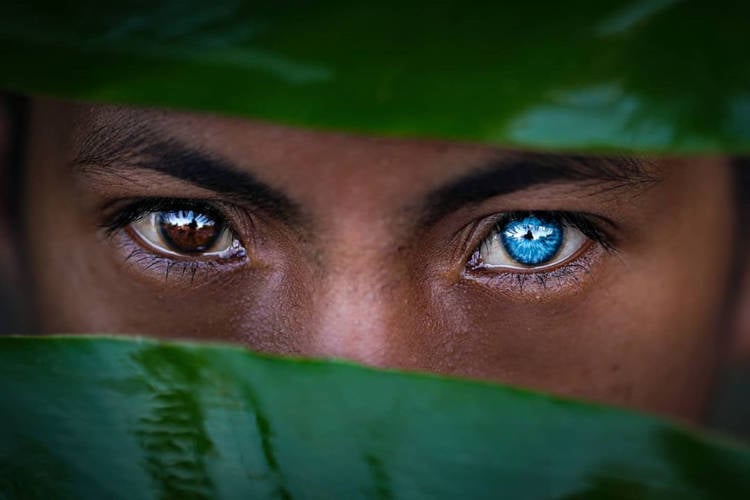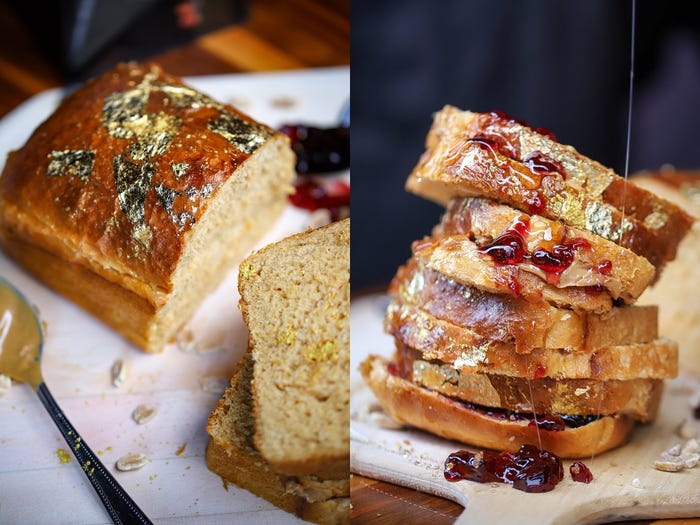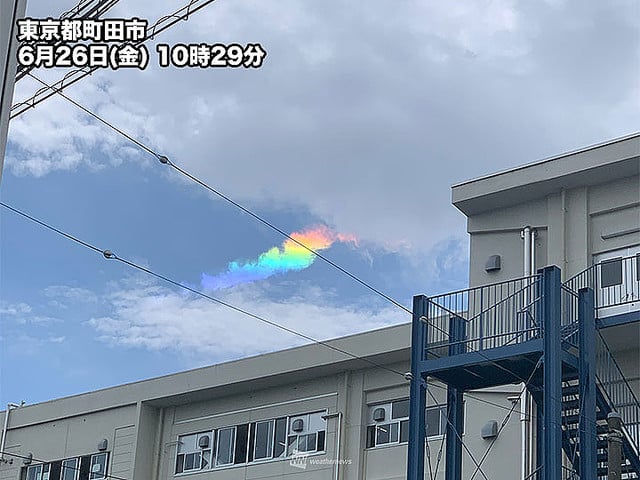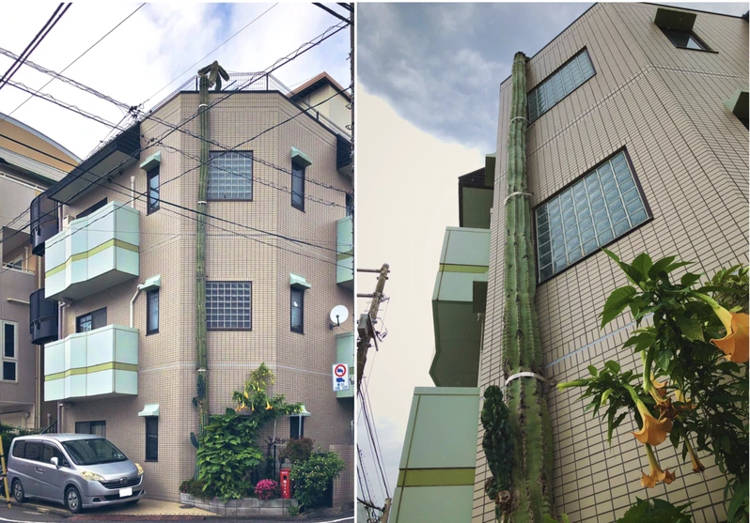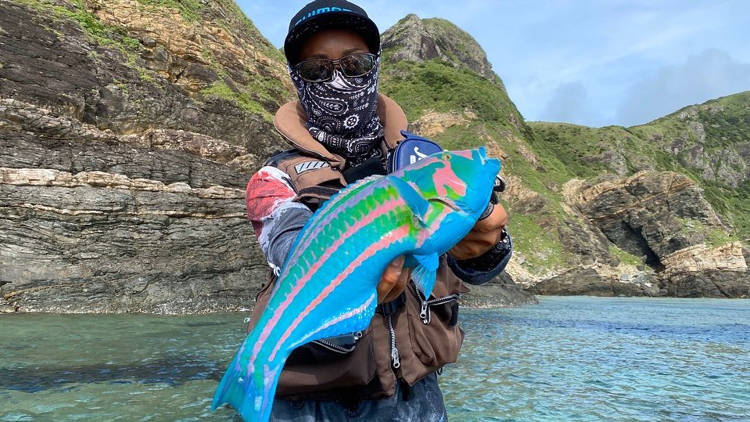Back when there were no cameras for fishermen to record their trophy catches, the Japanese came up with a unique printing method called Gyotaku. Gyo means fish, and Taku means impression, and the technique involved just that – using freshly caught fish to make inky impressions on paper.
Hundreds of years ago, Japanese fishermen would take paper, ink and brushes out to sea with them. They would rub the fish they caught with the non-toxic sumi-e ink and then print them on rice paper. Most of the fish were then cleaned and sold in markets, but a few revered ones were released back into the ocean. In the mid-1800s, fishermen began to add eye details and other embellishments, giving rise to a unique art form.
The art flourished during the Edo period, under the patronage of a famous nobleman named Lord Sakai. Fishermen would bring him their Gyotaku prints and if he was impressed, he would hire them to print his catches. His palace was filled with several prints, but after this period, the popularity of Gyotaku began to fade.
Today, however, the form has been revived – modern artists, through trial and error, have formed their own Gyotaku techniques. They start by cleaning the fish and preparing it for printing. Once it’s dry, they pin the fins to a board and use one of two methods to print. In the direct method, the ink is brushed directly onto the fish and moist rice paper is then pressed on top. In the indirect method, the paper is first pasted on the fish using rice paste. Then, a cotton ball covered in silk is used to spread ink on the paper. Peeling the paper off without tearing is quite tricky, so not many artists prefer this technique. Irrespective of the method used, no two prints are identical.
Naoki, a popular Gyotaku artist in Hawaii, uses both the direct and indirect methods. He uses a few self-learned tricks to achieve a vivid, colorful gyotaku. “If I just add black ink and print it as is, it’ll be just a blotch of black,” he explains in a video. “So in order to show the detail and scale pattern of each fish, I remove most of the ink.” He uses a special type of ‘furniture grade rice paper’ which he says is great for preservation. Once the black print is ready, he uses colors to enhance it, so it looks like a real fish in water.
Heather Fortner, another Hawaii-based Gyotaku artist, has taken the art form to a whole new level. She prints multiple fish on a single sheet of paper, and adds details of marine flora to make ethereal paintings. Unlike other Gyotaku artists, Fortner doesn’t catch the fish, but only uses the ones that are already dead and found washed up on the beach. She reuses each fish for several paintings and later buries the carcass in her yard. Her aim is to show people that fish are a rapidly depleting resource, so she makes sure nothing is wasted during the creative process.
For more examples of beautiful Gyotaku art, you could check out Naoki’s work on his website, and Fortner’s work on hers.
Photos: Heather Fortner
Sources: Tofugu, TED, My Modern Metropolis








